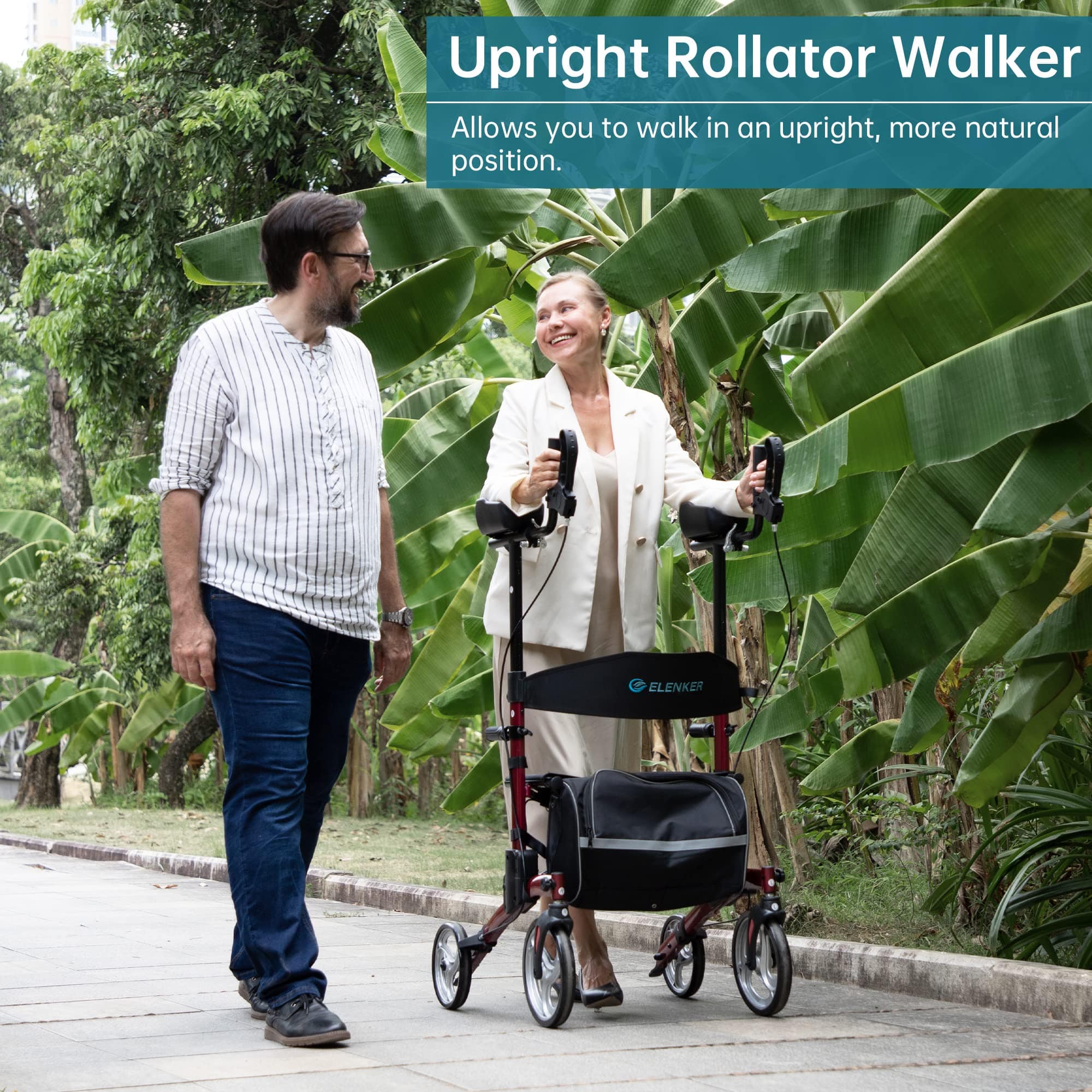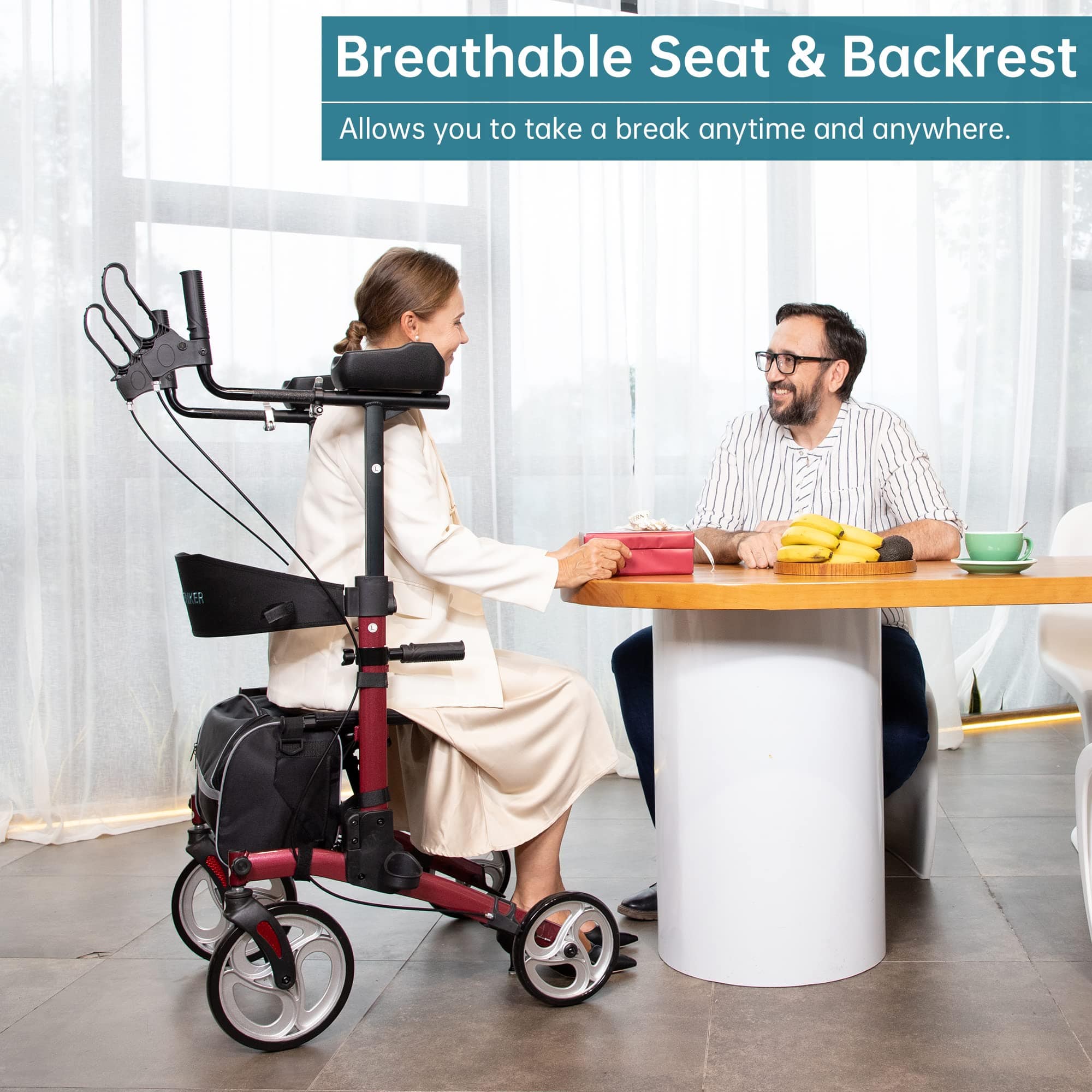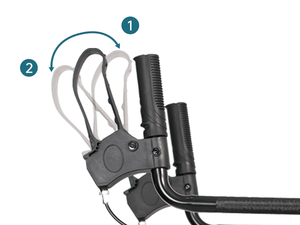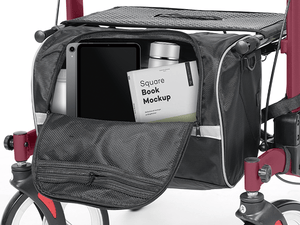Can Rollator Walkers Help with Post-Surgery Rehabilitation?
Apr 07, 2025
If you've ever gone through surgery, especially something major like a hip or knee replacement, you know the recovery process can be rough. Even getting up to grab a glass of water can feel like climbing a mountain. That’s where a Rollator Walker can become your new best friend.
Whether you're recovering at home or in a rehab center, these trusty mobility aids can help a lot. Let’s find out why a rollator walker is such a smart choice for post-surgery rehabilitation, and how it can make the whole process smoother, safer, and less stressful.
First Things First: What’s a Rollator Walker?
If you’re not familiar, a rollator walker is basically a walker with wheels—usually four—and it often comes with hand brakes, a padded seat, and even a storage pouch or basket. Unlike a traditional walker (the kind you have to lift and place with every step), a rolling walker moves with you more fluidly. That means less effort, better stability, and more freedom.
One popular option out there is the Elenker rollator, which comes in a variety of styles, including upright models for better posture and compact versions perfect for tight spaces.

Elenker Upright Rollator Walker HFK-9240
Why Rollator Walkers Are Perfect for Post-Surgery Recovery
So why exactly are rollator walkers ideal for post-surgery rehabilitation? Here’s a closer look:
1. They Reduce the Risk of Falls
After surgery, your balance and strength can be way off. The last thing you want is to take a spill and set yourself back even further. A rollator offers solid support and helps you stay upright and steady - especially on slick or uneven floors.
The rollator walker with seat is particularly handy. If you suddenly feel dizzy or tired, you’ve got a seat right there. No need to panic or try to find a chair.

Elenker rollator walker with seat
2. They Help You Stay Active—At Your Own Pace
Staying mobile is huge during recovery. It helps with circulation, prevents blood clots, and even boosts your mood. But let’s face it—you’re not gonna be jogging around the block. A rollator walker lets you move at your own pace, whether it’s a slow stroll down the hallway or a walk to the kitchen.
Because you’re not putting all your weight on your legs or surgical site, you can stay active without overdoing it.
3. They Ease the Strain on Caregivers
If someone’s helping you out at home, they’ll appreciate you having a rolling walker. It means less lifting, less worrying about falls, and more independence for you. That’s a win-win.
4. They’re Comfortable and Convenient
Let’s talk comfort. Many models, like the Elenker rollator, come with cushioned seats, backrests, and ergonomic handgrips. Some even have trays or cup holders! When you’re spending a lot of time indoors during recovery, those little touches make a big difference.
Plus, they’re super easy to fold up and store when not in use.
How to Choose the Right Rollator for Your Recovery
Not all rollators are created equal, and your specific recovery needs will help guide your choice. Here are a few things to think about:
✅ Weight Capacity
Make sure the rollator can support your weight comfortably. Most standard models support up to 300 lbs, but there are heavy-duty options if you need more.
✅ Seat Size and Height
A rollator walker with seat should be comfy to sit on—and the right height so you're not struggling to get up and down.
✅ Wheel Type
If you’ll be using your rollator outdoors or on uneven ground, go for larger wheels (8 inches or more). They provide smoother rides and better control.
✅ Brake System
Look for reliable hand brakes that are easy to use—especially if you have arthritis or limited hand strength.

✅ Storage
Whether you’re carrying medications, snacks, or your phone, a built-in basket or pouch is a major plus.

One good all-rounder is the Elenker walker—lightweight, reliable, and designed with user comfort in mind.
Tips for Using a Rollator Safely After Surgery
Getting the most out of your rollator means using it correctly. Here are some quick tips to keep you moving safely:
Adjust the height of the handles so your elbows are slightly bent (about 15–30 degrees) when gripping them.
Don’t lean forward too much. Keep your posture upright to avoid back strain.
Engage the brakes whenever you're sitting down or standing up from the rollator seat.
Take small, steady steps and avoid rushing.
Remove tripping hazards in your home, like rugs or loose cords.
And if you're unsure about anything, ask your physical therapist or doctor to show you the ropes.
Video: How to use a rollator walker properly?
When Should You Start Using a Rollator?
Your doctor or surgeon will usually give you the green light, but in many cases, people begin using a rollator walker shortly after surgery—sometimes even the same day, especially with joint replacements.
As your strength and balance improve, you may eventually switch to a cane or even go without a mobility aid. But during those first few weeks or months, a rollator can be your ultimate sidekick.
Recovering from surgery isn’t easy, but tools like the Rollator Walker can make the process way more manageable. From keeping you safe and mobile to offering a comfy seat when you need it, rollators are a practical, no-nonsense solution for post-surgery rehabilitation.
Whether you go with a standard model or an ergonomic option like the Elenker rollator, you’ll be giving yourself the support you need to heal—and maybe even enjoy the journey a little bit.






